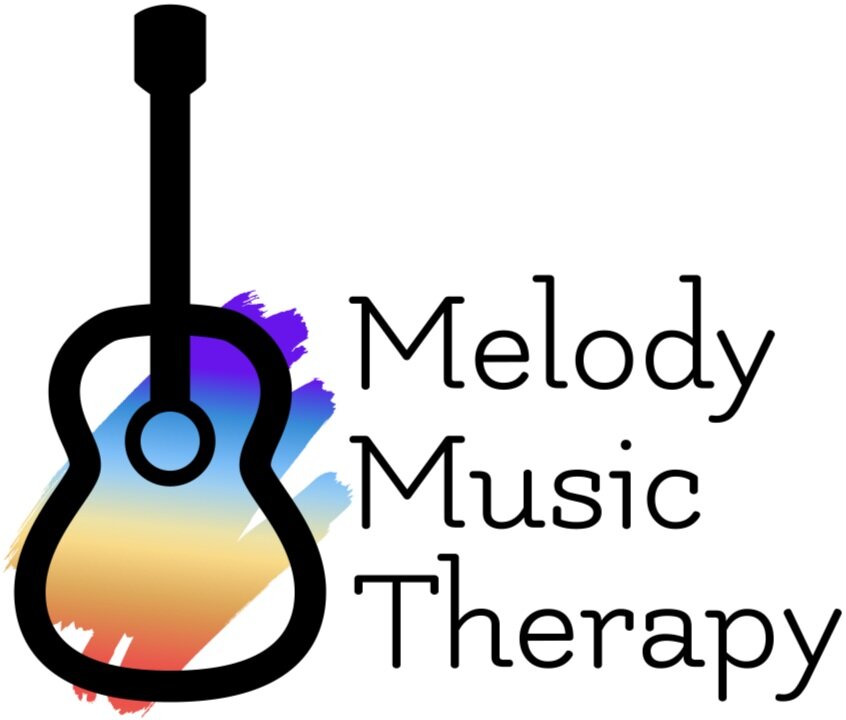ADHD Awareness Month Infographics
October is ADHD Awareness Month. Like many neurotypes, there are a lot of misconceptions surrounding it. I’ve made up a few infographics to help clear up some of the confusing and at times disheartening diagnosing criteria language, shed some light on lesser known facts, and help reframe some unhealthy misconceptions related to the ADHD experience.
What is ADHD?
There are technically three answers to this question, as there are three subtypes: Inattentive Type (I), Hyperactive and Impulsive Type (H), and Combined Type (C). In order to be diagnosed, 6 out of the 9 criteria must be met (5 for adults). ADHD is differences and/or difficulties with executive functioning that can affect areas within attention, activity, and impulsivity. (Check out our ADHD and Self Diagnosing Validity blog post to learn why it’s important to delve deeper into what the DSM’s diagnostic criteria means).
Inattentive Type
Inattentive Type (formerly known as ADD) can look very different from some of the more commonly known ADHD traits. Instead, someone who is ADHD-I might have traits such as:
Daydreaming
Constant/debilitating overthinking
Anxiety
Forgetful
Perfectionist
Slower processing of information
Inattentive type is the most common of the types diagnosed in women. Because it presents very differently than how most people picture ADHD (loud, difficulty sitting still, etc.) It is often overlooked/missed in children, especially in young girls. As someone who has discovered they are ADHD later in life, I can attest to the fact that even being the one experiencing ADHD-I, it can be easy to miss when ADHD-H’s traits are more regularly “flagged,” and “screened.” I simply thought my experience was everyone’s, and because I was quiet and did well in school (in retrospect- due to incredible amounts of unconscious masking, compensating, and anxiety), I was never considered for diagnosis.
It’s important to stay informed and look closely at the different subtypes, and how they may manifest in each individual to ensure we can decrease the rate of late/misdiagnosis.
Reframing Negative Self-Talk
ADHD has so many toxic and negative stereotypes associated with it that can carry over to become someone’s internal narrative. Our brains are all wired differently. Once we acknowledge this fact alone, we have more capacity to let go of degrading and comparative self-talk, and instead hold space for patience, self-care, and curiosity as we explore exactly how our brain and body work. Instead of thinking of yourself in the neurotypical lens society has given us, try reframing to the perspective of learning and understanding.
Some more facts you may not know!
The rainbow butterfly, inspired by the Autistic Pride rainbow infinity sign, was deemed the ADHD symbol after a discussion held in an ADHD Facebook group. The reasoning behind it is ADHDers move through the world fluidly, passionately, and constantly, just as a butterfly flits from flower to flower. It symbolizes the wide array of experiences within the ADHD community. Check out our own rainbow butterfly for more potentially new facts about ADHD.
Mikaila Vieyra, LPMT, MT-BC





